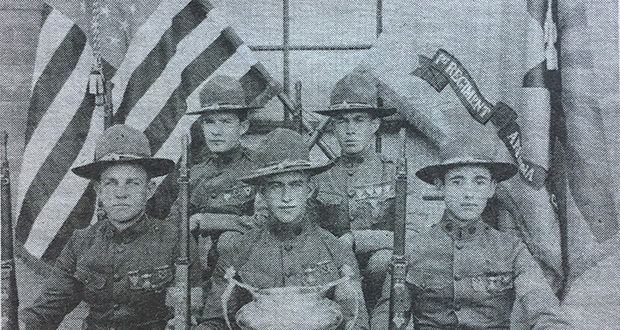Yuma Homestead
Arizona Capitol Reports Staff//April 10, 2009//[read_meter]
Late 19th century homesteaders pose in front of their adobe dwelling. Had an innovative seamstress possessed the courage to lower necklines, raise hemlines and shorten billowy sleeves, the women posed...
No tags for this post.

















